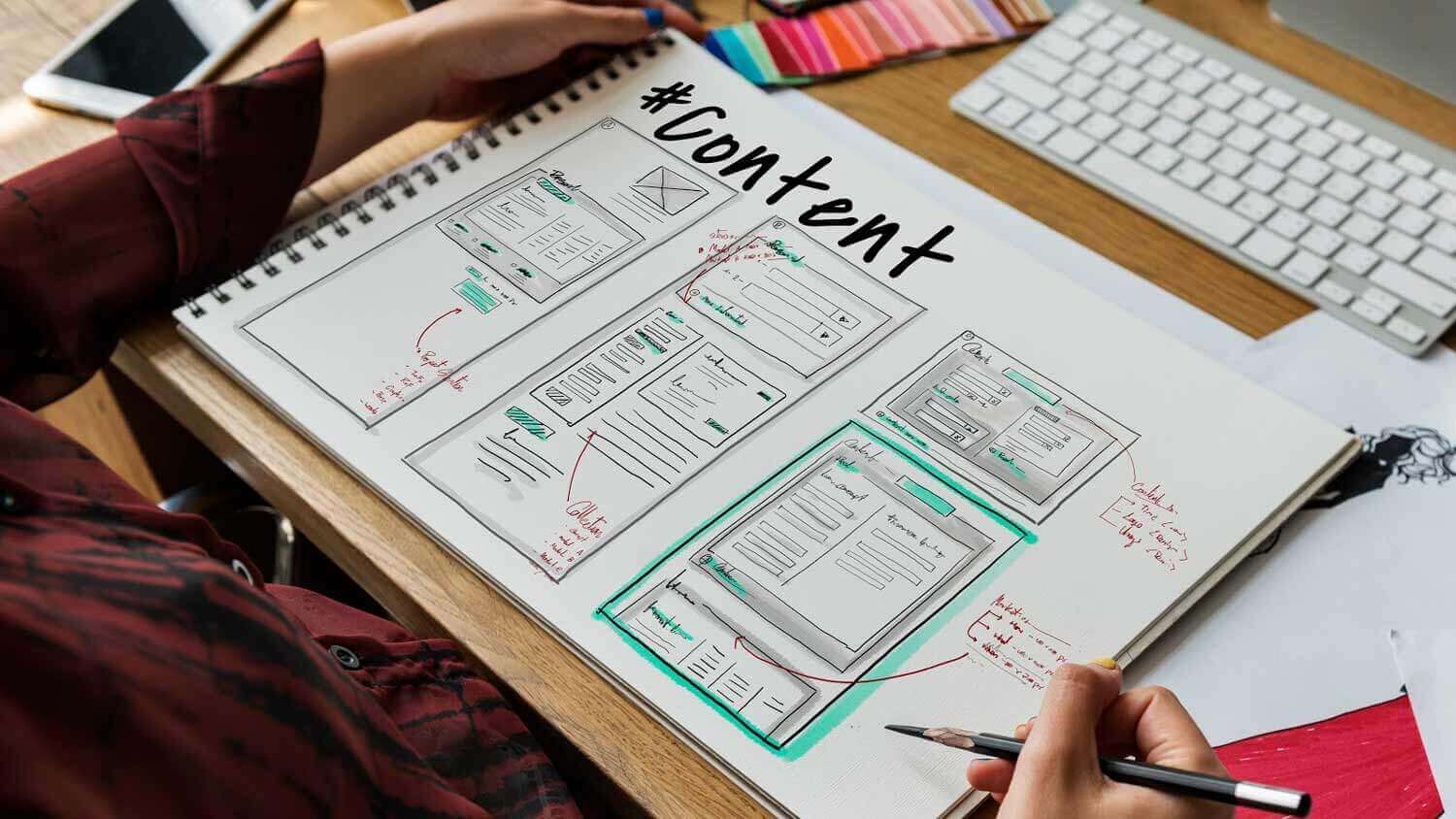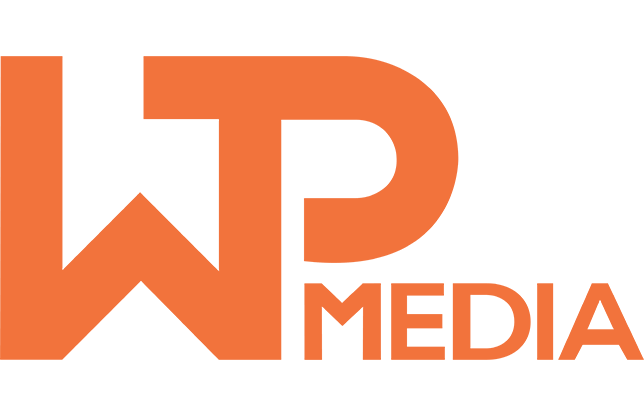
Creating quality content is important because it builds trust with readers and generates credibility. Quality content includes proper use of:
- Infographics
- Videos
- Client reviews
- Blogs
- Case studies
- Downloadable forms
- Guides
Let’s take a look at why quality content for your business is so important.

Quality Versus Quantity
When it comes to content, don’t start by trying to create as much as you can just to have it. Half the time, that method results in having a bunch of random content just sitting on your site.
There is a difference between and creating content with the reader in mind.
In the past, a common trend was to generate content for the sake of SEO link building. Although link building is still vital, doing it right pays off even more.
In, something can be stand-alone viral. We see examples of this all the time on things like Facebook or Twitter.
When it comes to your business, one good video could be what everyone watches because it’s valuable content. That one good video could build your credibility and give light to your other content, but it does not mean people will go sifting through all of your content just because of one good thing.
In the end, this means that.
Yes, your business website still needs lots of content, but you also want that content to be good.

High Traffic vs. High Bounce Rate
You want high web traffic on your website, but you do not want a high bounce rate.
A is when someone goes to your site, does a quick scroll, and immediately closes out because they didn’t see what they wanted. This all happens in a few seconds. It’s like someone landed on your page and bounced away from it.
The best way to prevent a high bounce rate is with quality content.
Quality content is simply content worth consuming. It is not about stuffing common knowledge and keywords into something just to make it look more appealing to bots.
Your current and future clients should never feel like their time was wasted or like you’re trying to lead them down a rabbit trail. In those cases, content can hurt your brand and your business’s online reputation because it will develop a high bounce rate.
Quality content is keyword guided, not driven. Tactics like “keyword stuffing” may hurt , and can severely lower the quality of your content. High web traffic is only part of the goal equation; the other half is making sure you have a low bounce rate.
High Bounce Rate + High Traffic = Bad
Low Bounce Rate + Low Traffic = Standard
Low Bounce Rate + High Traffic = Good
Quality content gets users to stay on your page, consume the content, and take away a solution to their problem. Users staying on a page and actually consuming its content results in that low bounce rate you’re looking for.
What Is the Best Type of Content for a Business?
The easy answer is all of it. From videos to infographics to downloadable forms, all of the content types listed above are important. But what’s more important is how they’re used, and why.
In 2020, video will dominate around.

Think about that, and now think about how much video is on your website.
Do you have one video? Two?
If you don’t have video on every page of your website, you’re lacking in the content department.
On top of that, the video content should be quality, not a.
Video on your company’s website should be complemented by quality text on a page and maybe a downloadable form afterward or a prompt to check out other content. Placing a video in the right space helps determine where other content on your website should fall.
The most common method is putting a video at the top of a blog and having the written text follow under it.
Understand Your Audience
Understanding who is searching for your company and the content you post is necessary.
A blog that explains your product with industry jargon is going to get washed away by a blog that uses colloquialisms and a more straightforward approach. This is because the people that read your blogs are not in your industry—they’re the general public.
As a marketing company, our goal is to translate your products and services into easy-to-understand messages. When this happens, because your content is accessible and helps others.
An example is how data-heavy content, such as the pros and cons of a certain product, can be presented in an easy-to-consume medium through the use of infographics:

Something like a “how-to” may be best demonstrated through a combination of video teachings and written descriptions and often performs well as a social media ad. The goal is to diversify the types of content you are creating so that people can access, understand, and learn from your business.
Create a Client Persona
Client personalities or personas are strategic tools used to understand things from an outsider’s perspective.
Taking on the means you don’t know certain terms, procedures, or tools. You may not even know that companies like yours exist or what your products and services accomplish.
Personas are useful because they help you pause and ask if a client would know what something is. For example:
“A good air purifier has a CADR of at least 300.”
A sentence like this may seem obvious to a team of HVAC technicians, but it could be a stopping point for the general public. Writing with your client’s persona in mind would produce something much more informative and conversational, such as:
“All air purifiers have a CADR (clean-air delivery rate). This measures how quickly your purifier removes pollutants from the air. A good air purifier should have a CADR of at least 300.”
Be sure to take note of any qualities and characteristics that your current clients share or of the types of clients you would like to attract to your business.
We have a few examples of what we mean by this below:
- Age
- Education level
- Income level
- Marital status
- Hobbies
- Lifestyle traits
- Values
- Fears
If your business attracts a lot of young, self-motivated individuals, you may want more content that’s simple and right to the point, but with an easy way for them to learn more if they wish to keep reading. If you have a lot of families interacting with your business, you may want content for both parents and children, such as simple, fun pages for the kids and more informational pages for the grown-ups.

PRO TIP: Write up a short bio about your general client. Jot down at least 10 characteristics. These characteristics shouldn’t be a random selection, but rather thought out and best matching who consumes your content. Then, brainstorm ways to communicate information to them, whether it’s through video, blogs, images, and so on.
Keeping Readers Engaged
Clients will be more engaged with information they deem valuable.
By basing your content off of accurate client personas, you will have a higher success rate of creating quality content for your audience.
Here are three things to keep in mind while creating quality content:
- Mix up the content mediums you use
- Make it easy to read and consume
- Exceed expectations
Consistent, and reader trust. More trust and a better reputation will equate to more shares and more visits to your website.
also benefits both your business and your clients.

A schedule gives you a deadline and prevents ongoing procrastination.
People aren’t going to be waiting at your website’s doorstep for your latest blog post or video, but.
If you only have a few blogs on your website, and that doesn’t change for months, it makes your company look.
Try to post a minimum of one or two things a month, whether that’s via a visual or written medium.
Want Further Digital Marketing Advice?
All in all, you should always create web content with the consumer in mind. At WTP Media, we can help plan your online marketing strategy so you can tap into and grow your audience. For more information on how the at WTP Media can help you, feel free to contact us by phone at (877) 658-1473 or schedule a free consultation online.


